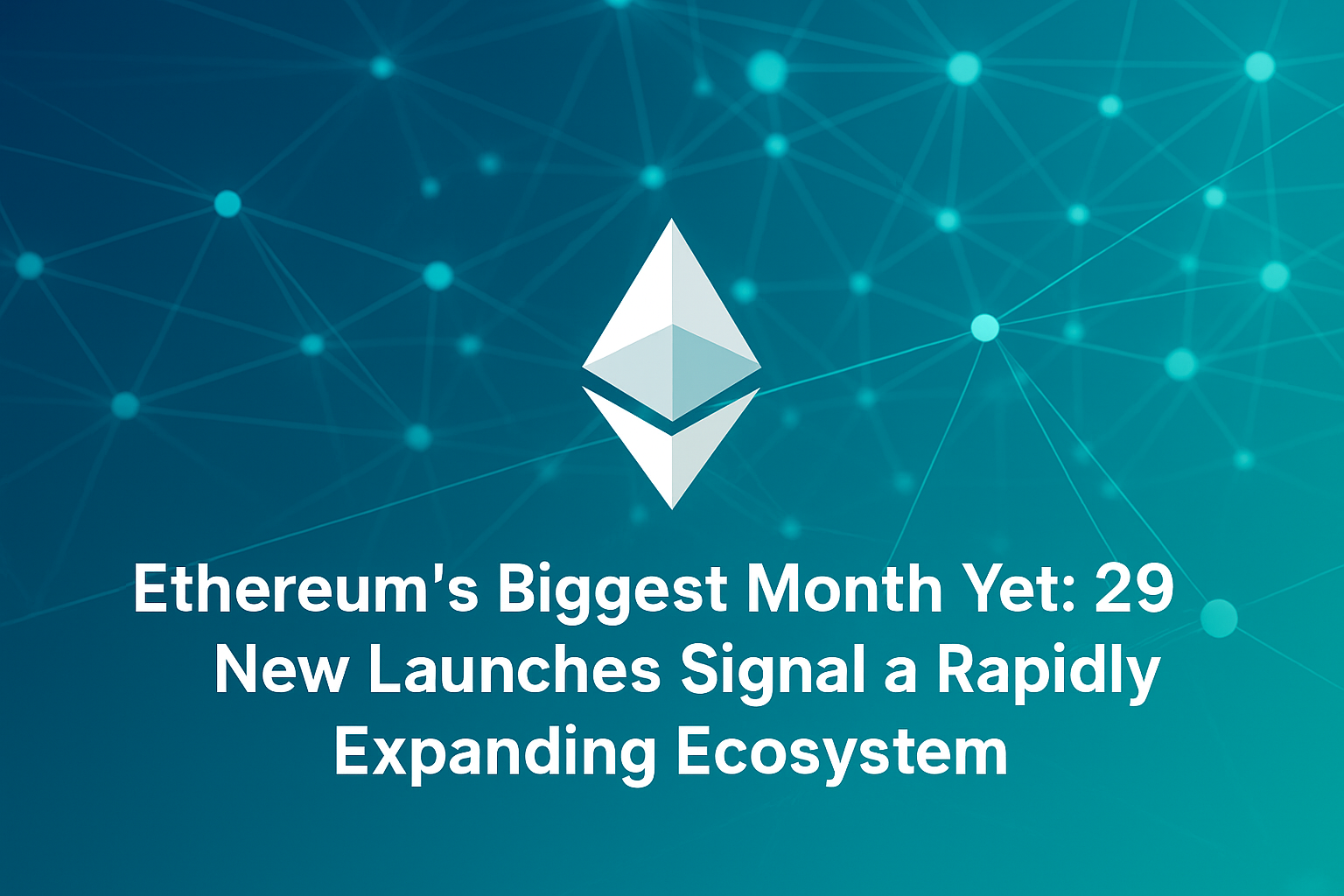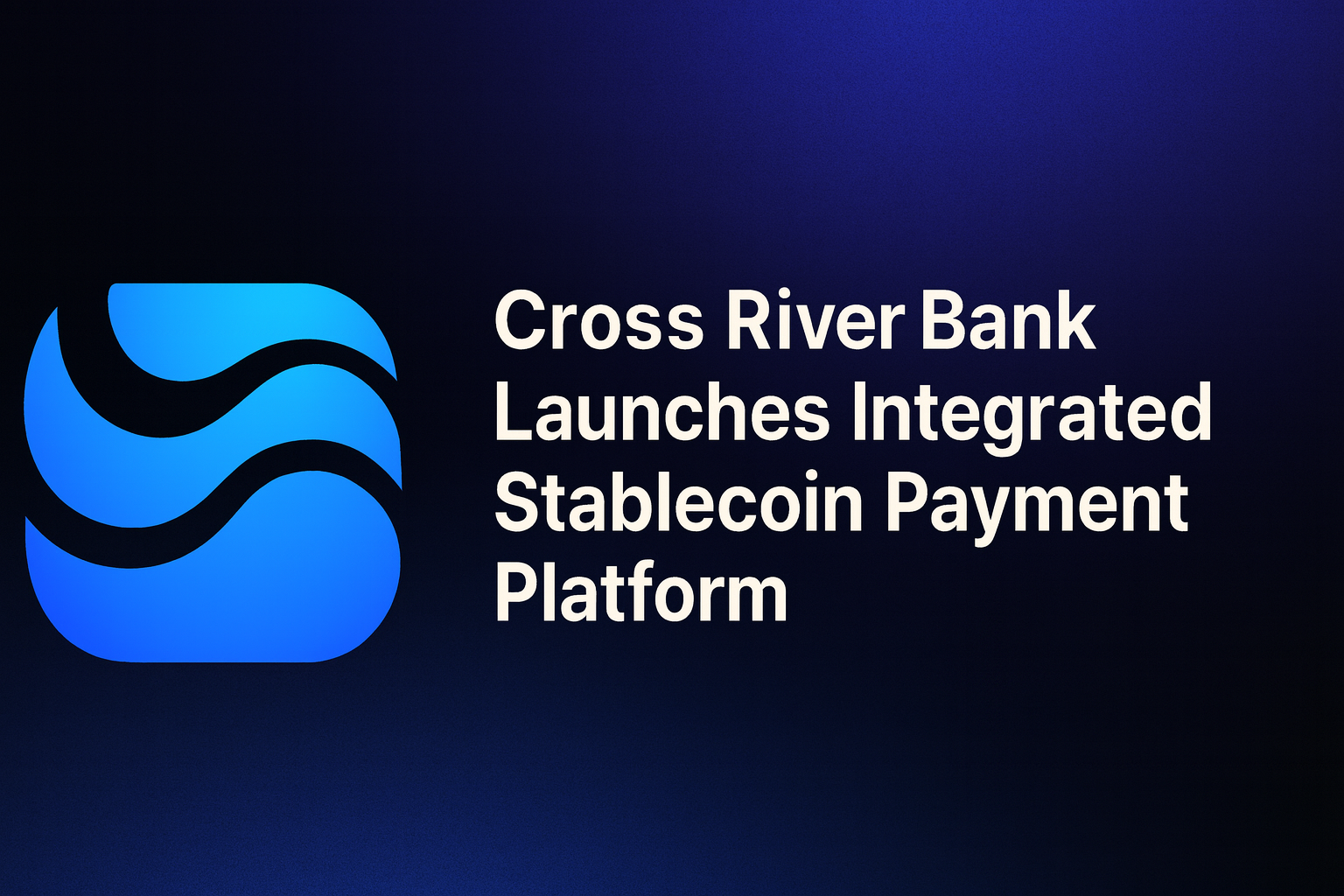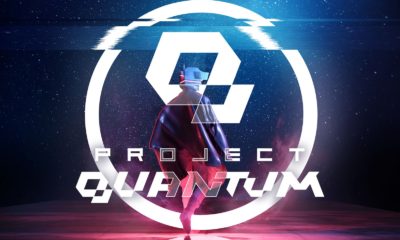Uncategorized
Binance Alpha Sees Airdrop Frenzy as Market Fear Intensifies

Binance Alpha’s ecosystem saw a rare burst of activity this week, even as the broader crypto market pulled back. Alpha-related trading volume rose 2.35%, while total crypto market capitalization slid 2%, reflecting a sharp divergence in sentiment. Between Oct. 25–31, five new projects launched or revealed their airdrop plans — each with its own point thresholds and claim mechanics that sent users scrambling to qualify.
Projects such as SnapX, Common, Semantic Layer, Piggycell, and Kite entered the ecosystem, with Semantic Layer issuing 200-token airdrops to users holding 210+ Alpha Points. Meanwhile, APRO dominated the charts, soaring 260% in just seven days, followed by Tokenbot (+203%) and Pundi AI (+158%).
For many traders, the Alpha Points system has become a high-pressure sprint. Miss the airdrop window by an hour, and someone else secures the rewards. Wait for the point requirement to drop — and the entire pool may already be drained. The fast-moving mechanics have created a competitive, almost game-like environment around early-stage token launches.
TL;DR
- Binance Alpha market cap: $18.09B
- 24h Alpha trading volume: up 2.35% to $14.34B
- Five new Alpha projects launched or announced between Oct. 25–31
- Top gainers: APRO (+260%), Tokenbot (+203%), Pundi AI (+158%)
- Airdrop thresholds: 210–227 Alpha Points, adjusted hourly if unclaimed
- Fear & Greed Index: 31/100, but Alpha tokens show pockets of strength
Market Overview
The global crypto market fell to $3.67T, a 2% drop over 24 hours, sliding below both the 7-day ($3.76T) and 30-day ($3.8T) moving averages. Despite this, the Binance Alpha ecosystem held steady with an $18.09B market cap and rising trading volume.
Bitcoin ETFs added pressure across altcoins, recording $488M in net outflows on Oct. 30 — the largest single-day withdrawal since June 2025. BlackRock’s IBIT led the exodus with $291M in outflows, followed by ARKB with $65.6M.
Indicators paint a cautious macro picture.
- RSI: 40.9 (leaning oversold)
- MACD: remains negative
- Bitcoin dominance: climbed to 58.3%
- Derivatives open interest: declined 4.4% from $848B → $812B
As perpetual markets cooled — with open interest down 5% and funding rates slipping to -0.0018% — Alpha traders shifted toward airdrop-driven opportunities. Perpetual volumes spiked 21.96%, but it was spot market enthusiasm for early-stage Alpha tokens that kept momentum alive.
Crypto Currency
Ethereum’s Biggest Month Yet: 29 Launches Mark Rapid Expansion of the Ecosystem

Ethereum has just completed one of the most active months in its history, delivering 29 launches, upgrades, policy shifts, and ecosystem milestones. The surge began with the Fusaka upgrade on December 3, introducing 13 new Ethereum Improvement Proposals (EIPs) that improved blob capacity, enhanced user experience, and activated data-availability sampling. With these updates now live, Ethereum’s roadmap toward more efficient Layer-1 scaling looks more achievable than ever.
The Fusaka upgrade set the tone for a month driven by rapid technical improvements and ecosystem expansion. Aave introduced its redesigned Aave App, offering a cleaner interface and simpler access to DeFi. Meanwhile, Devconnect Buenos Aires became Ethereum’s largest event to date, drawing over 20,000 attendees and hosting more than 75 project demos—many participants described it as Ethereum’s first true “World’s Fair.”
Real-world finance continued to integrate with Ethereum as Amundi, Europe’s largest asset manager, launched the first tokenized share class of a euro-denominated money market fund directly onchain. Disney also entered the Ethereum ecosystem via Cryptoys on Abstract, bringing globally recognized IP into Ethereum’s digital economy. Institutional interest climbed further when JPMorgan’s USD deposit token, JPMD, went live on Base, signaling a broader shift toward settling traditional finance transactions on public blockchain infrastructure. The AI-focused Eliza EcoFund also migrated its ELIZAOS token to Ethereum, naming it the preferred base layer for AI-agent development. The Ethereum Foundation later confirmed Mumbai as the host city for Devcon 2026, expanding its engagement in India’s fast-growing developer landscape.
Regulatory coordination strengthened with the creation of the Ethereum Protocol Advocacy Alliance, combining leading protocols—including Aave, Aragon, Curve, Lido, Spark, The Graph, and Uniswap—under a unified mission to defend Ethereum’s neutrality and promote permissionless innovation worldwide.
Rollup and privacy technology also made major strides. Starknet activated S-two, a high-speed prover securing every block, reinforcing its role in Ethereum’s ZK-rollup future. Aztec introduced Ignition, a decentralized Layer-2 consensus system enabling private, programmable onchain activity. The Ethereum Foundation also announced the Ethereum Interop Layer, a new initiative that aims to make Ethereum’s multi-rollup environment feel like a unified chain.
Stablecoin innovation accelerated as USX Capital deployed a privacy-preserving stablecoin on Scroll and LayerZero, enabling gasless private transfers. Aplus launched an issuance framework allowing smaller banks to offer GENIUS-compliant stablecoins. Nillion expanded its Blind Computer technology to Ethereum, unlocking decentralized computation without exposing user data.
Consumer adoption also accelerated across emerging markets. The Startale App for Soneium gained traction, supporting over 10 million weekly transactions. Argentina saw the introduction of wARS, a peso-pegged stablecoin available on Ethereum, Base, and World Chain. Liquidity and trading infrastructure improved as 1inch launched Aqua for liquidity defragmentation, and Renegade went live on Arbitrum with privacy-first, MEV-resistant trading. Tokenization gained momentum when Robinhood’s EU division tokenized nearly 1,000 stocks on Arbitrum for onchain settlement. Japan’s largest idol and fashion festival also moved onchain using the IRC App, powered by Record Protocol on Soneium.
Ethereum’s broader scaling ecosystem reached new highs this month, surpassing 34,000 transactions per second through rollup activity—its highest throughput ever recorded. The network also expanded user-facing infrastructure with multiple tools designed to increase safety, transparency, and usability, including social-driven activity apps, MEV-protected RPC endpoints, enhanced naming services, developer analytics platforms, and new fair-launch mechanisms.
Altogether, these developments illustrate a network accelerating on every front—scalability, institutional adoption, cultural integration, AI, tokenization, and global financial infrastructure. Ethereum’s record month signals a clear shift toward its next major era of growth.
Blockchain
Cross River Bank Launches Integrated Stablecoin Payment Platform

Cross River Bank has launched a stablecoin payment infrastructure integrated directly into its core banking system, marking a major milestone for blockchain-powered finance in 2025. Led by CEO Gilles Gade, the initiative enhances interoperability between fiat banking rails and blockchain networks while ensuring compliance and enterprise-grade security.
This upgrade bridges the gap between stablecoins and traditional banking, offering businesses a faster settlement environment and stimulating market interest through improved payment efficiency and regulatory alignment.
Cross River Bank’s new platform enables seamless interaction between stablecoin transactions and traditional accounts. By embedding the technology into its core system, the bank removes friction typically associated with blockchain payments, creating a unified and compliant framework for real-time transactions. CEO Gilles Gade emphasized the significance of this shift, stating, “We’re building the future of finance… reimagining every corner of banking—from BaaS to lending—to deliver a faster, more connected financial world grounded in safety and trust.” The platform, developed under the leadership of Luca Cosentino, strengthens financial networks through automation, transparency, and speed.
The launch is expected to accelerate stablecoin adoption across business payments and treasury operations. Enterprises seeking secure, blockchain-based financial tools now gain access to a regulated platform capable of handling real-time settlements without compromising compliance. This positions Cross River as one of the first banks to deliver a stablecoin-integrated environment for fintechs, payment processors, and corporate clients.
Industry analysts view this as a pioneering shift. Previous attempts at stablecoin integration often relied on external platforms or fragmented systems. Cross River’s unified ledger approach resolves these issues by offering interoperability, strict compliance, and direct banking support. The move could reshape how enterprises interact with digital assets, enhancing operational efficiency as regulatory clarity around stablecoins continues to evolve globally.
With this step, Cross River Bank moves into a leadership role in the adoption of programmable money, setting the stage for broader integration of blockchain tools within traditional financial services.
Uncategorized
Rezolve AI Acquires Subsquid, Strengthening Its Push Into AI–Blockchain Infrastructure

Rezolve AI (NASDAQ: RZLV) has acquired Subsquid, a decentralized blockchain data platform, in a move that signals its expanding ambitions at the intersection of artificial intelligence, blockchain analytics, and digital payments.
The deal—announced through an official press release—brings Subsquid’s data indexing network, which serves more than 150 blockchain projects and processes over 5 million queries per day, under the Rezolve AI umbrella. Financial details of the transaction were not disclosed.
Building a Unified AI–Blockchain Data Layer
Rezolve AI described the acquisition as part of its plan to create a unified infrastructure that merges decentralized data, AI-powered automation, and digital-asset payment capabilities.
According to the company, the integration will bring together:
- Blockchain data science
- Decentralized data lakes
- Digital-asset payment rails
into what it calls an “intelligent commerce infrastructure.”
Subsquid’s technology is widely used across the DeFi ecosystem, indexing on-chain activity and supporting protocols with large Total Value Locked (TVL). Folding this infrastructure into Rezolve AI’s platform could influence how data-driven applications operate, particularly those reliant on fast, scalable indexing.
Industry Implications
The acquisition may have ripple effects across decentralized finance. Subsquid’s existing integrations make it a key backend provider for analytics dashboards, on-chain asset managers, and cross-chain applications. Any shift in service architecture or data routing at Rezolve AI could meaningfully affect partner protocols.
More broadly, the deal highlights the increasing convergence of AI and blockchain—a trend accelerating as Web3 applications lean more heavily on automated data processing, predictive modeling, and real-time analytics.
Looking Ahead
Rezolve AI says the acquisition positions it to expand its AI-driven commerce stack globally, pending regulatory approvals.
Past industry mergers involving data-infrastructure providers have often led to changes in service standards, developer tooling, and integration frameworks—suggesting similar stakeholder scrutiny here.
For now, Rezolve AI’s message is clear: it aims to place AI-native intelligence on top of blockchain-native data, creating a unified foundation for next-generation digital commerce.
-

 Crypto3 years ago
Crypto3 years agoCardalonia Aiming To Become The Biggest Metaverse Project On Cardano
-

 Press Release5 years ago
Press Release5 years agoP2P2C BREAKTHROUGH CREATES A CONNECTION BETWEEN ETM TOKEN AND THE SUPER PROFITABLE MARKET
-

 Blockchain5 years ago
Blockchain5 years agoWOM Protocol partners with CoinPayments, the world’s largest cryptocurrency payments processor
-

 Press Release5 years ago
Press Release5 years agoETHERSMART DEVELOPER’S VISION MADE FINTECH COMPANY BECOME DUBAI’S TOP DIGITAL BANK
-

 Press Release5 years ago
Press Release5 years agoProject Quantum – Decentralised AAA Gaming
-

 Blockchain5 years ago
Blockchain5 years agoWOM Protocol Recommended by Premier Crypto Analyst as only full featured project for August
-

 Press Release5 years ago
Press Release5 years agoETHERSMART DEVELOPER’S VISION MADE FINTECH COMPANY BECOME DUBAI’S TOP DIGITAL BANK
-

 Blockchain6 years ago
Blockchain6 years ago1.5 Times More Bitcoin is purchased by Grayscale Than Daily Mined Coins






